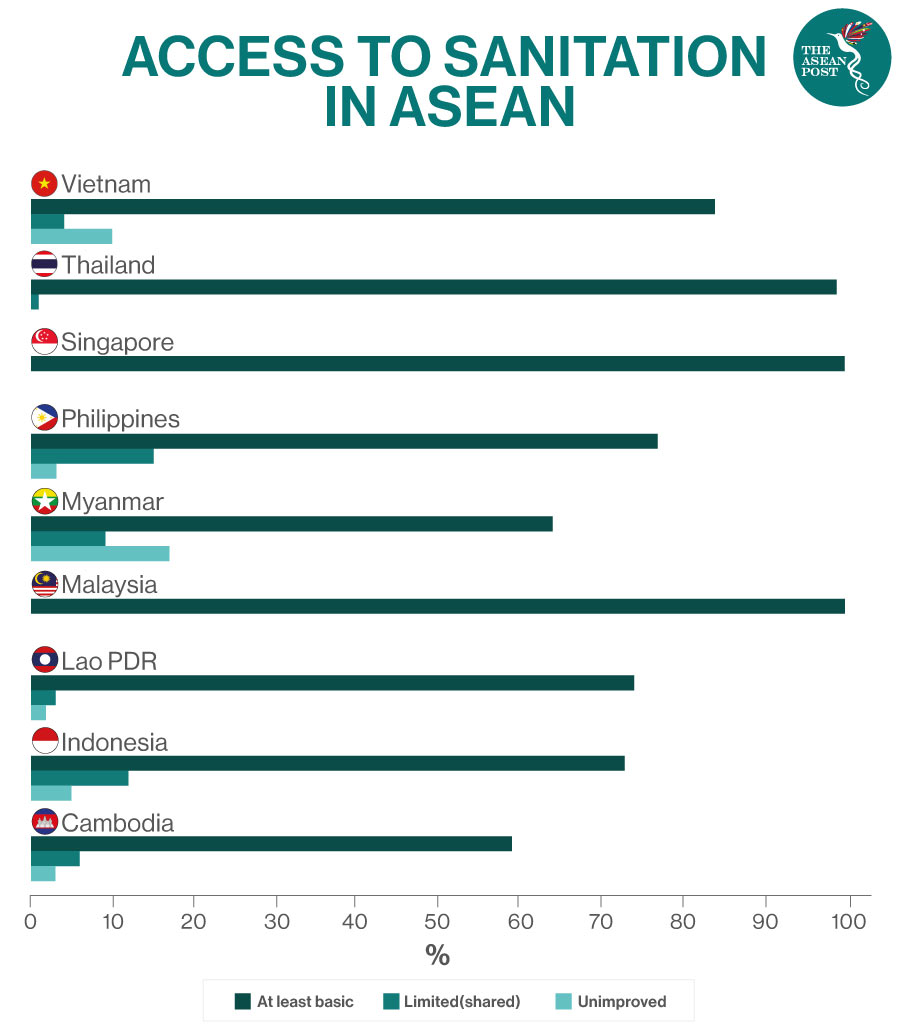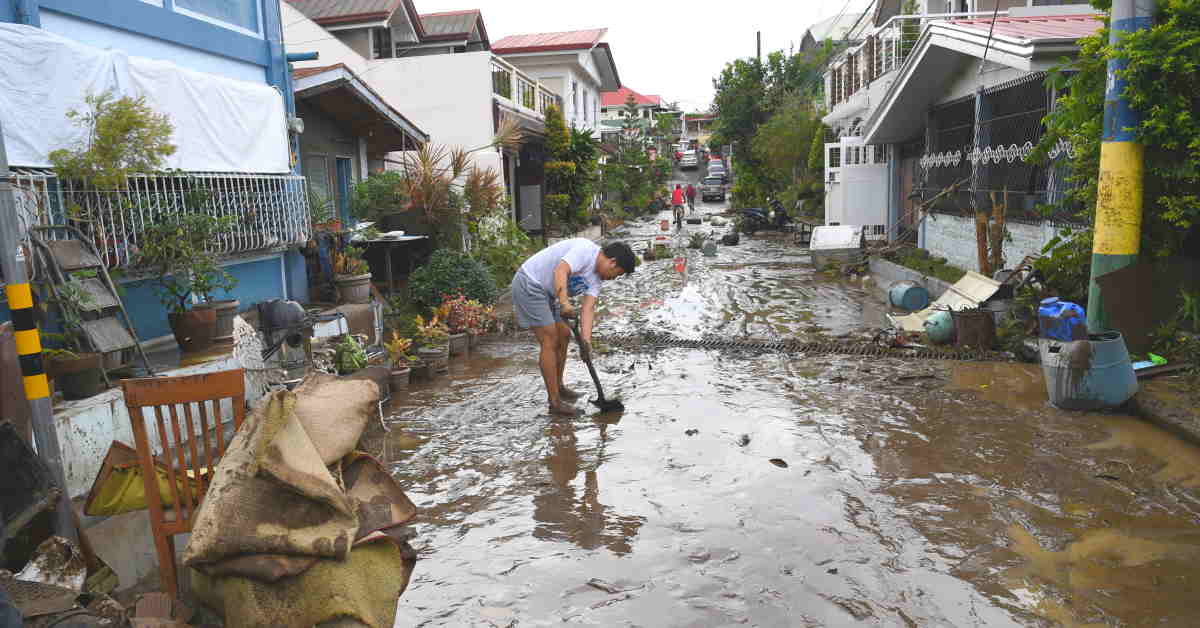Governments and health authorities have constantly been urging the public to practice social distancing among many other COVID-19 preventive measures suggested. Moreover, they have also released hygiene tips to show people how to protect themselves from the coronavirus. For example, back in March 2020, Vietnam’s Ministry of Health released an animated video with a catchy local song with lyrics telling its citizens to “push back the virus Corona, Corona.”
The COVID-19 pandemic has indeed increased the need for clean water to prevent infection. But what about those with limited or no access to clean water and sanitation supplies?
According to the World Health Organization (WHO), access to safe water, sanitation, and hygienic conditions are essential in protecting one’s health during the COVID-19 pandemic. Unfortunately, it was reported that 40 percent of the world’s population live in regions where water is becoming increasingly scarce. Moreover, an estimated 1,000 children succumb to preventable water-and-sanitation-related diseases each day.
The problems of water shortage and sanitation scarcity have been around for decades due to bad economics and poor infrastructure. The issue has negatively affected the livelihoods of billions of people, food security and educational opportunities for impoverished families around the world.
According to the United Nations (UN), “… by 2050, at least one in four people are likely to live in a country affected by chronic or recurring shortages of fresh water.”
Experts and organisations are calling on governments to provide water free of cost for the duration of the crisis to those in poverty and affected by the related economic hardships.
“People living in informal settlements, those who are homeless, rural populations, women, children, older persons, people with disabilities, migrants, refugees and all other groups vulnerable to the effects of the pandemic need to have continuous access to sufficient and affordable water,” said independent experts appointed by the UN Human Rights Council.
Water Shortage
According to the World Water Development Report 2015 published by the UN Economic and Social Commission for Asia and the Pacific (ESCAP), progress has been made towards universal access to water in the Asia Pacific region. Especially in efforts to fulfil the Sustainable Development Goals (Goal six: Clean water and sanitisation) by 2030.
Nevertheless, many are still living without adequate water supply in the region. It was reported that more than 100 million people live without access to safe water in Southeast Asia.

According to Water.org, a global organisation working to bring water security and proper sanitation to the world – nearly seven million people in the Philippines lack access to safe water while 24 million lack access to improved sanitation.
The WHO also stated that one in 10 people in the Philippines still do not have access to improved water sources. Based on a report by the health agency, acute watery diarrhoea was one of the top 10 leading causes of death in the Philippines in 2016. The disease claimed 139,000 lives.
“Water is an extremely important resource that we cannot live without. But there are Filipinos who are still being left behind in terms of access to improved water sources, especially in rural communities,” said Dr Gundo Weiler, the WHO Representative in the Philippines.
According to local media reports, in some urban slums in the Philippines, daily necessities such as cooking and personal hygiene are done in common spaces filled with people. Not only are water points limited, but self-isolating and social distancing is also difficult to achieve in these settlements amid the pandemic.
Providing Water And Local Jobs
Like many people around the world affected by the pandemic, Anelie Salazar, a mother of three who earned her income by selling rice cakes and washing clothes, said “life is more difficult now.”
As she and her husband lost their income in the Bangsamoro Autonomous Region in Muslim Mindanao (BARMM), they “don’t have money to buy clean water for handwashing and drinking, let alone buying facemasks and hand sanitizers,” she stressed.
Prior to the health crisis, Salazar would walk a kilometre to the nearest source of clean water, to complement the gallon of distilled water she and her husband bought for US$4.
“They supply water at the kids’ school but not always enough for the entire community, so I collect rainwater. It is not safe to drink after running off dirty surfaces and my container also gets murky and muddy with prolonged rainfall, but I have no choice,” she explained, adding that her children had been sick with fever and diarrhoea after they drank water from a bucket.
Fortunately, the International Labour Organization (ILO) with the support of Japan, and in collaboration with the local government of South Upi, the TCES Parent-Teacher Association and the Ministry of Labour and Employment (MOLE) have launched a project to improve water supply and sanitation services while at the same time promoting decent jobs.
It’s intended that around 12,000 local households, including Salazar’s, will benefit from the project. She and her husband were among those hired to build the new water facility.
“The ILO’s contributions help promote peace in post-conflict areas whilst reducing poverty with job creations and improving living conditions through adequate water supply, sanitation and hygiene facilities,” said Khalid Hassan, Director of the ILO Country Office for the Philippines.
Moreover, the Philippines’ government is also working to achieve universal coverage for water by 2028.
The best prevention method against the new coronavirus is by hand washing and taking care of one’s personal hygiene. It was reported that hand washing alone may reduce 40 percent of the risks from various infectious diseases.
Related Articles:
